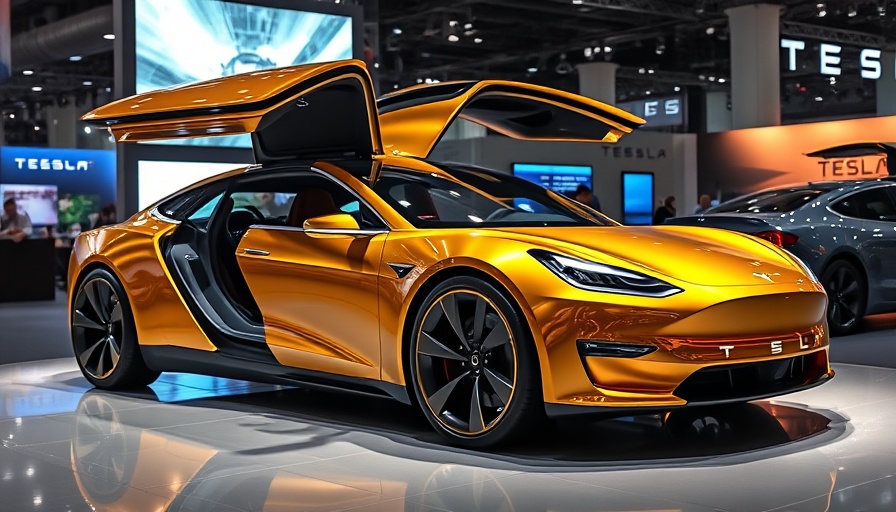
The Buzz Around Tesla's Robotaxi: A Disappointment or a Safety Caution?
Tesla's much-anticipated robotaxi launch was set for today, June 12, but it has now been postponed. CEO Elon Musk tweeted that the tentative first public rides of Tesla's autonomous vehicles, which will not come in the much-discussed Cybercabs but in modified regular Teslas, are slated to begin on June 22 under the condition of enhanced safety measures.
This delay shines a light on the broader uncertainties surrounding Tesla's autonomous vehicle technology, which has faced skepticism. Critics are quick to point out that Tesla has not yet introduced a self-driving system capable of full autonomy—it always seems to require some degree of human oversight. The automaker's Full Self-Driving (FSD) system is currently under investigation due to safety concerns, including an incident that resulted in the loss of a life. Musk's emphasis on caution, while commendable, raises questions about the readiness of the software required for a fully autonomous experience.
A Roller Coaster of Expectations
Speculations regarding the launch have varied widely, with Musk's prior remarks suggesting the rollout would be ahead of schedule. The truth, as reported before, is that the development may have run significantly behind. Skepticism around Musk's predictions is not unfounded; he once assured that Tesla would have one million robotaxis operational by 2020. Given these historical claims, the current delay reopens discussions about the credibility of future timelines.
What’s Next for Tesla's Robotics?
The robotaxi service aims to first cater to Tesla employees in Austin, making use of about a dozen vehicles geo-fenced in the area. Notably, the company appears poised to depend on remote teleoperators as a failsafe during this initial phase—a tactic that highlights the challenging nature of developing reliable autonomous technology.
Musk is optimistic, predicting that Tesla will yield more robotaxis than any competitor, despite competitors having more established and tested systems. He envisions a future where over a thousand robotaxes could swirl around Austin within months, with projections hitting a million on the roads by 2026.
Final Thoughts
While the postponement of Tesla's robotaxi launch might be disappointing for enthusiasts, it could also signify an important commitment to safety—an aspect that ultimately protects consumers from potential hazards. Regardless of the uncertainties, Tesla's venture into fully autonomous vehicle technology is worth observing. Will Tesla overcome these hurdles and fulfill its lofty promises? Time will tell. Until then, patience and vigilance from consumers are essential.
 Add Row
Add Row  Add
Add 
 Add Element
Add Element 

Write A Comment